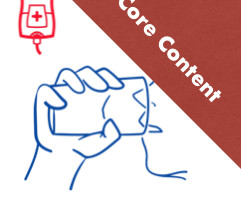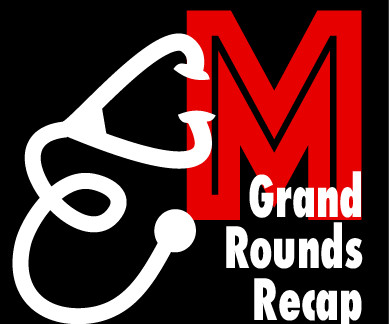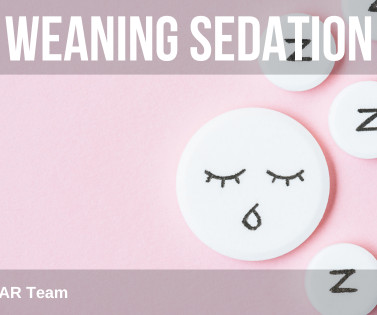But Can You Just PO?
Taming the SRU
DECEMBER 17, 2024
This article serves to briefly discuss IV fluids administration in the ED and the instances where they are not indicated. There is substantial evidence that IV fluids can be beneficial in patients with sepsis complicated by hypotension and labor. IV fluid administration was more associated with phlebitis.




















Let's personalize your content